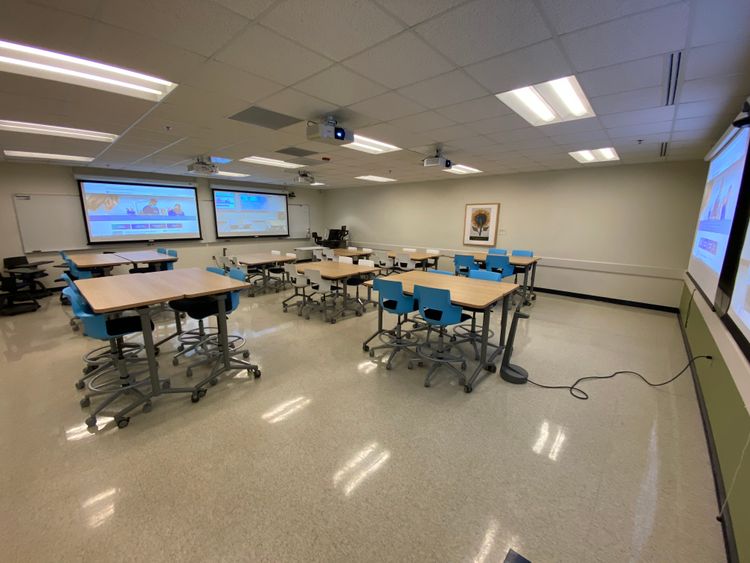How not to do active learning

Last week I wrote about how the typical college lecture can be done with empathy, but it's not the default, and it takes a lot of work and skill to lecture empathetically. So much work and skill in fact that most of us can't count on being able to do it day in and day out for an entire career. And to the extent that lectures are done with empathy, they tend to morph out of lecture form and into active learning.
Active learning, from most definitions of this term, does have empathy at its core. But it does not follow that doing active learning with empathy is easy or natural, or that it's same amount of work to teach actively without empathy as it is to lecture with it. Active learning is therefore not the polar opposite of lecture. I am not convinced any such teaching method exists, or that the poles themselves exist.
You absolutely can teach with active learning in a way that is non-empathetic and cares little to nothing about the students being subjected to it. I know this because this has been an ongoing struggle for me over 25+ years of teaching college classes, and especially with online classes. Looking over those experiences, here are some ways that this can happen. I leave these here without further elaboration, since all failures resonate differently with different people.
- Teach without clear, measurable learning objectives in mind.
- Only focus on the learning objectives, without pursuing other interesting things that come up.
- Only accept as correct the student work that looks like what you expected it to look like.
- Teaching without having some idea of what the outcomes should look like.
- Teach with the primary objective of looking like a genius on Twitter.
- Teach with no intention of sharing your practices. (Good teaching is just being a learner who is generous.)
- Assuming you teach synchronously, fail to use the time and presence of the class meeting to guide students toward mastery of the learning objectives.
- Set up your students to do active learning tasks, then run and hide at your desk without interacting with them.
- Set up your students to do active learning tasks, then gab with them so much that they don't focus on the tasks.
- Set up your students to do active learning tasks, then wander from group to group (or breakout room to breakout room) so that you appear to be interacting.
- Set up your students to do active learning tasks, then assume that student-to-student interaction will take place spontaneously. (Especially in online settings.)
- Set up your students to do active learning tasks, but over-engineer the social interaction so that students are just acting out a script.
- Set up your students to do active learning tasks, but give no options for students who may just need to work quietly by themselves first.
- Do active learning in only one way all the time.
- Do active learning in so many different ways all the time that students never get comfortable with any one implementation.
- Set up students to do active learning tasks but don't allow the freedom to move. (If online, this means freedom to move about the breakout rooms or about their bedrooms.)
- Set up students to do active learning tasks but don't encourage students to focus and avoid distractions. (Which may mean restricting their movement.)
- Set up students to do active learning tasks but don't explain why.
- Have students do active learning tasks but don't include reflection on the work they did. (See the last part of the Bonwell/Eison definition.)
- Have students do active learning tasks and then include too much reflection or not enough focus in the reflection, so that it devolves into pointless navel-gazing.
- Do active learning that avoids the most perplexing ideas and only focuses on the simple stuff.
- Do active learning that is too complex for a novice to comprehend on their own.
- Do active learning that doesn't connect new concepts to old ones in a coherent web of ideas.
- Do active learning that doesn't go deep enough into the heart of new concepts.
- Have students do active learning tasks that don't try to connect to something students would actually care about.
Teaching with active learning is not easy, and although it starts from a place of empathy, it doesn't stay there long unless a lot of skill and effort is brought to bear on it, every day.
I'm sure you can add more to that list, right?


